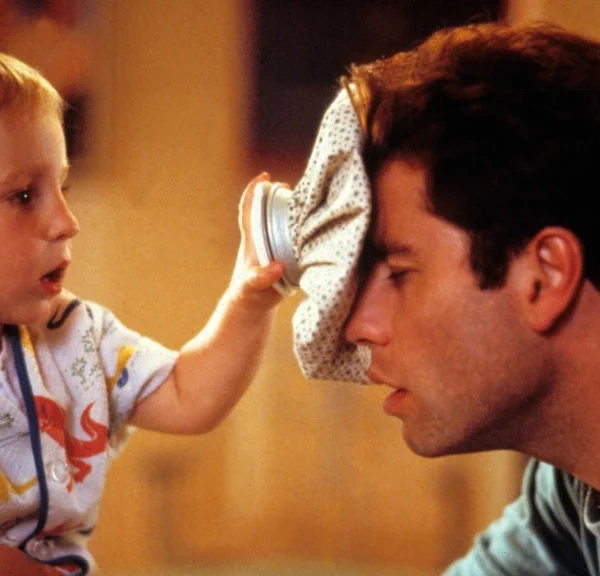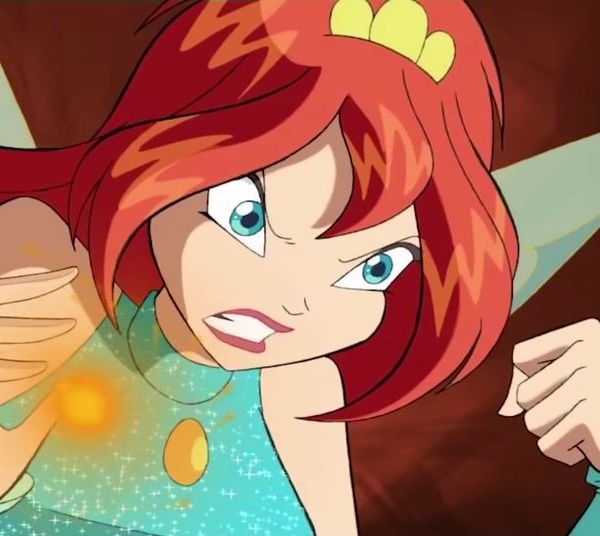
Greetings, fellow screen aficionados! Emma here, your trusty cinematic tour guide, and today we’re embarking on a thrilling journey through the world of television series that have defied conventions and revolutionized narrative structure. These groundbreaking shows have taken storytelling to new heights, leaving audiences captivated and craving more. So, grab your remote, settle in, and let’s explore the TV series that have reshaped the way we view television narratives.
Breaking the Mold: A New Era of Television
Television has come a long way from its early days of straightforward, episodic storytelling. In recent years, a new wave of TV series has pushed the boundaries of narrative structure, challenging traditional formats and captivating viewers in innovative ways.
“Lost” (2004-2010): The Mind-Bending Mystery
One of the earliest pioneers of complex narrative structure was “Lost.” This enigmatic series, created by J.J. Abrams, Damon Lindelof, and Carlton Cuse, wove a tangled web of mysteries, flashbacks, and character connections.
Key Characteristics:
- Flashbacks and flash-forwards that explored characters’ pasts and futures.
- A non-linear narrative structure that kept viewers guessing.
- A sprawling ensemble cast with interconnected storylines.
Cultural Significance: “Lost” not only revolutionized storytelling but also sparked intense fan engagement and theories, turning viewers into active participants in deciphering its mysteries.
“Breaking Bad” (2008-2013): The Moral Descent
“Breaking Bad,” created by Vince Gilligan, followed the transformation of Walter White from a mild-mannered chemistry teacher to a ruthless drug lord. This series shattered the traditional hero’s journey and showcased the complexity of its characters.
Key Characteristics:
- A morally ambiguous protagonist whose descent into criminality was central to the narrative.
- A gradual and meticulous character transformation.
- A narrative structure that prioritized character development over episodic resolutions.
Cultural Significance: “Breaking Bad” challenged the notion of a likable protagonist and demonstrated the power of character-driven storytelling in the medium.
Anthologies: A Fresh Approach to Storytelling
Anthology series have taken the concept of narrative structure to a whole new level by presenting self-contained stories within each season. This format has allowed creators to explore diverse genres, themes, and characters.
“American Horror Story” (2011-present): Horror Reimagined
Ryan Murphy and Brad Falchuk’s “American Horror Story” breathed new life into the horror genre. Each season told a distinct story with unique characters, settings, and themes, while retaining a core ensemble cast.
Key Characteristics:
- Self-contained narratives within each season, often exploring different horror subgenres.
- An ever-changing cast playing entirely new characters in each installment.
- A willingness to tackle taboo and controversial themes.
Cultural Significance: “American Horror Story” reinvigorated the anthology format and demonstrated the flexibility of storytelling within the horror genre.
“Fargo” (2014-present): The Crime Anthology
Inspired by the Coen brothers’ film of the same name, “Fargo,” created by Noah Hawley, introduced audiences to a world of crime, dark humor, and distinctive characters. Each season told a new crime story while retaining the essence of the “Fargo” universe.
Key Characteristics:
- Self-contained crime narratives with unique casts of characters.
- A blend of dark comedy, crime thriller, and Midwestern sensibilities.
- An exploration of morality and human nature within a crime context.
Cultural Significance: “Fargo” showcased the potential of anthologies to deliver fresh, engaging stories while maintaining a signature tone and style.
The Time-Bending and Mind-Boggling
A subset of TV series has embraced time-bending narratives, challenging viewers to navigate complex temporal structures and unravel intricate plots.
“Westworld” (2016-present): The Sci-Fi Enigma
“Westworld,” based on Michael Crichton’s 1973 film, reimagines an immersive theme park inhabited by lifelike androids. The series, created by Jonathan Nolan and Lisa Joy, seamlessly weaves multiple timelines and perspectives.
Key Characteristics:
- A non-linear narrative structure that explores the past, present, and future of the park.
- Themes of artificial intelligence, consciousness, and free will.
- A mind-bending puzzle that requires viewers to piece together the timeline.
Cultural Significance: “Westworld” invites viewers to contemplate the blurred lines between reality and illusion, human and machine, and past and future.
“Dark” (2017-2020): Time Travel Unleashed
The German series “Dark,” created by Baran bo Odar and Jantje Friese, introduced a mind-boggling narrative centered on time travel, intricate family trees, and a mysterious small town.
Key Characteristics:
- A time-travel narrative that spans multiple generations and eras.
- Complex family relationships and secrets that unravel over time.
- A meticulous and interconnected plot that rewards attentive viewers.
Cultural Significance: “Dark” demonstrated that time travel could be explored with sophistication and depth, challenging viewers to keep up with its intricate web of events.
The Interactive Experiment
One of the most recent innovations in narrative structure comes in the form of interactive storytelling, where viewers have agency in shaping the plot.
“Black Mirror: Bandersnatch” (2018): Choose Your Own Nightmare
“Bandersnatch,” an interactive episode of “Black Mirror,” allowed viewers to make choices that affected the story’s outcome. This groundbreaking experiment in storytelling ushered in a new era of viewer engagement.
Key Characteristics:
- Multiple decision points that lead to various branching narratives.
- The ability for viewers to influence the fate of the protagonist.
- A meta-narrative that explores the concept of choice and free will.
Cultural Significance: “Bandersnatch” pushed the boundaries of interactive storytelling, blurring the line between viewer and participant in the narrative.
Conclusion: A Golden Age of Narrative Innovation
Television series have evolved from straightforward episodic storytelling to complex narratives that challenge conventions, experiment with structure, and engage viewers on new levels. Whether through non-linear timelines, anthologies, or interactive experiences, these shows have redefined the possibilities of storytelling in the medium.
As we continue to witness the evolution of narrative structure in television, one thing is clear: we are in the midst of a golden age of innovation and creativity. So, the next time you’re glued to the screen, navigating intricate timelines or making choices that shape the story, remember that you’re part of a transformative era in television storytelling.
Stay tuned for more cinematic adventures, my fellow TV enthusiasts, and may your screens be filled with narratives that challenge, inspire, and captivate!


